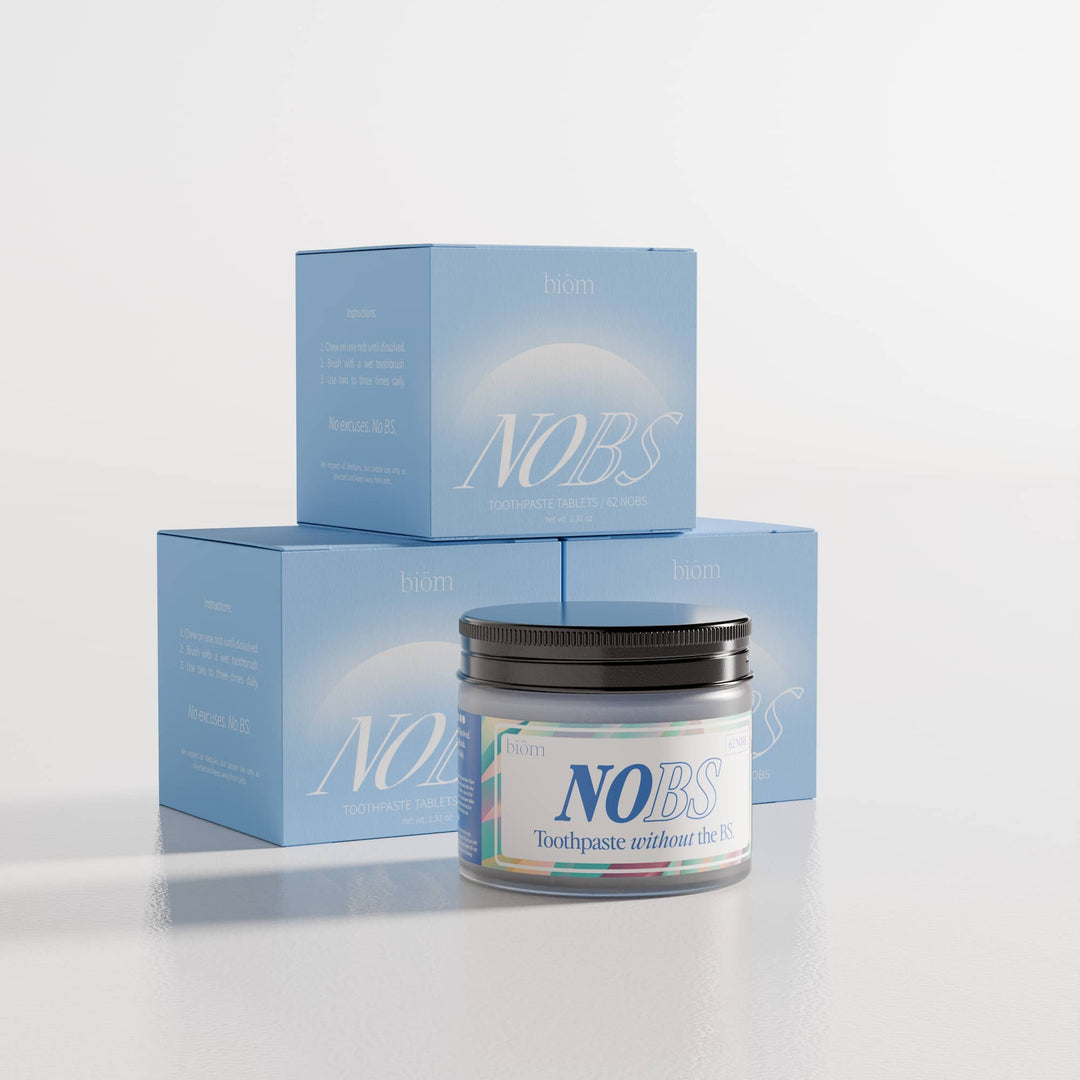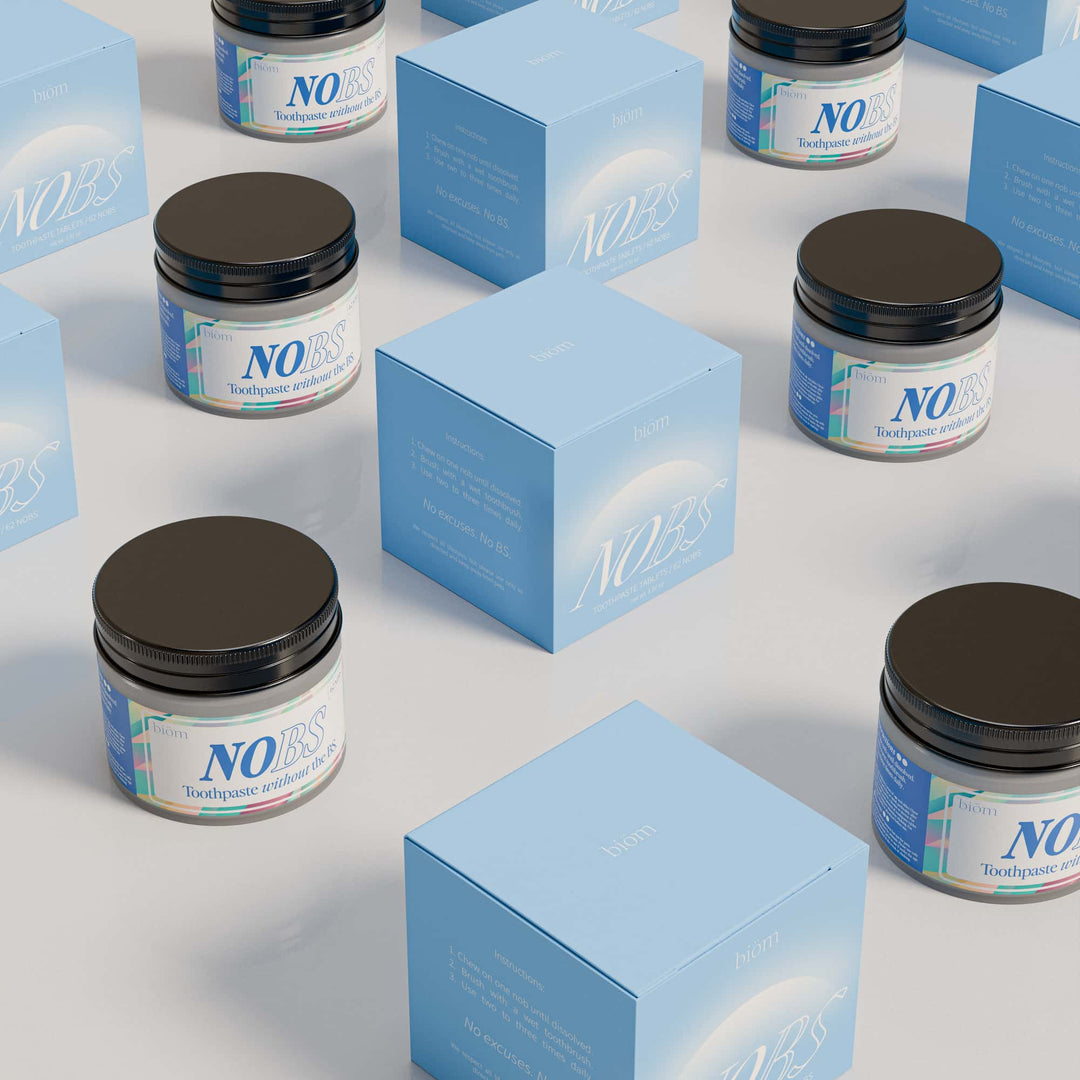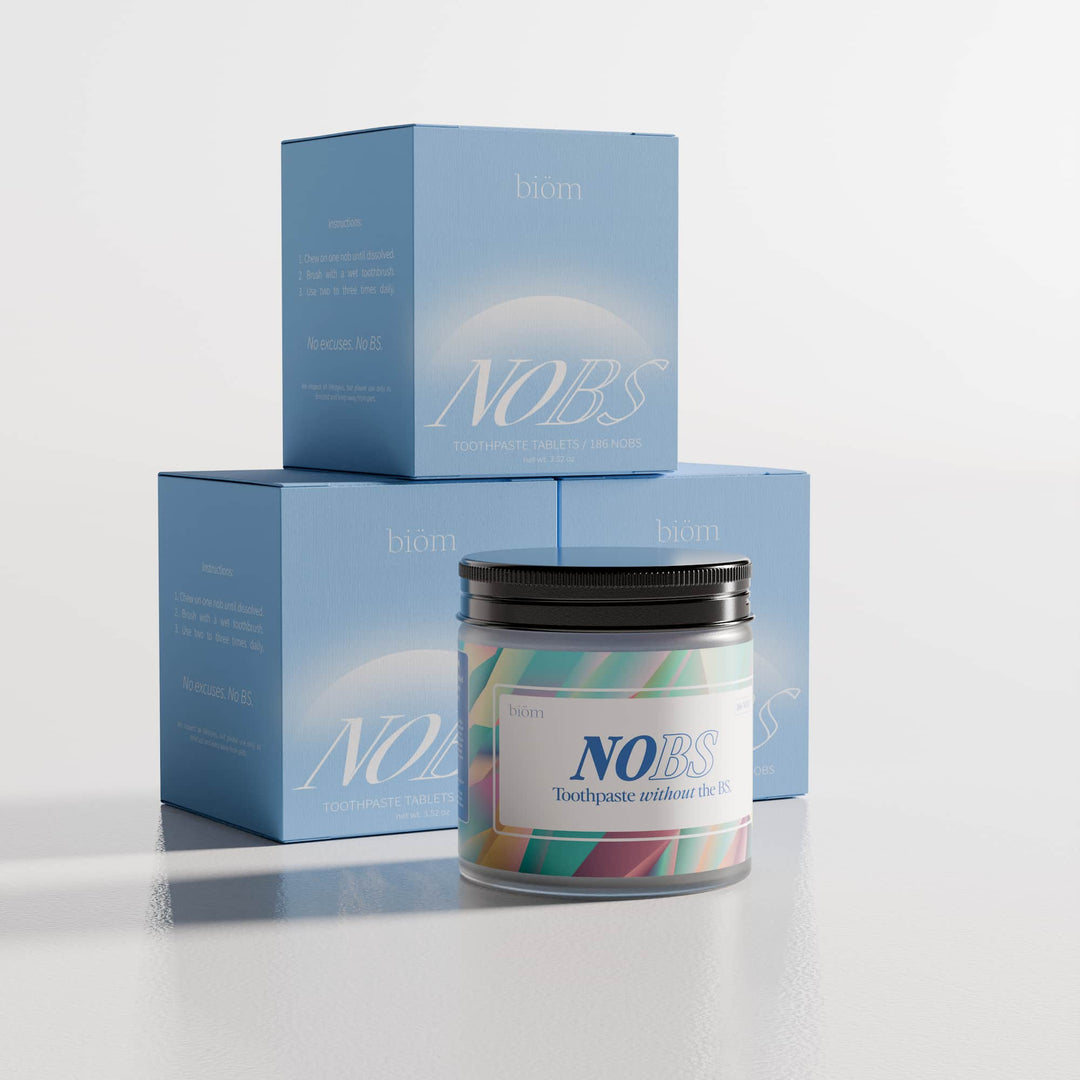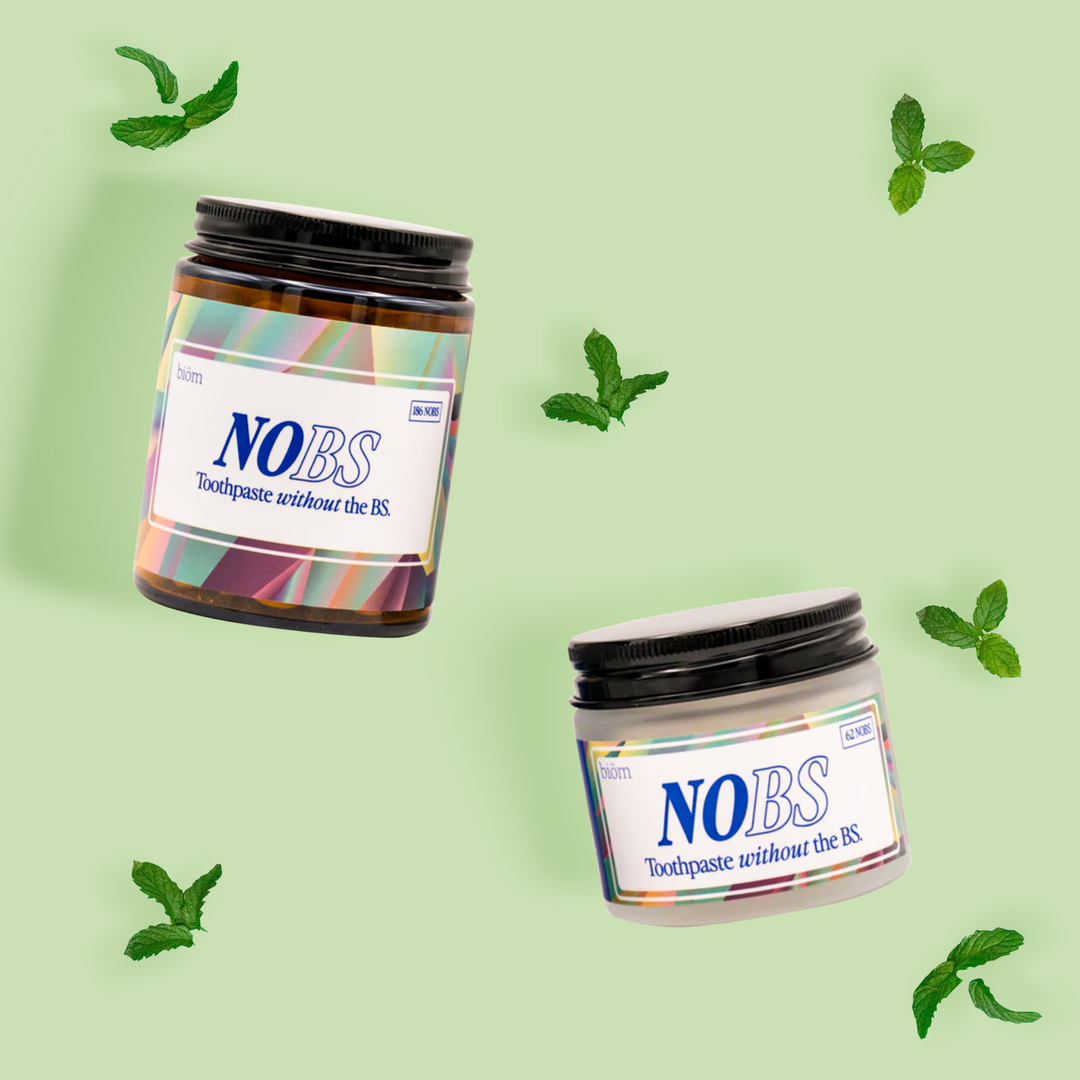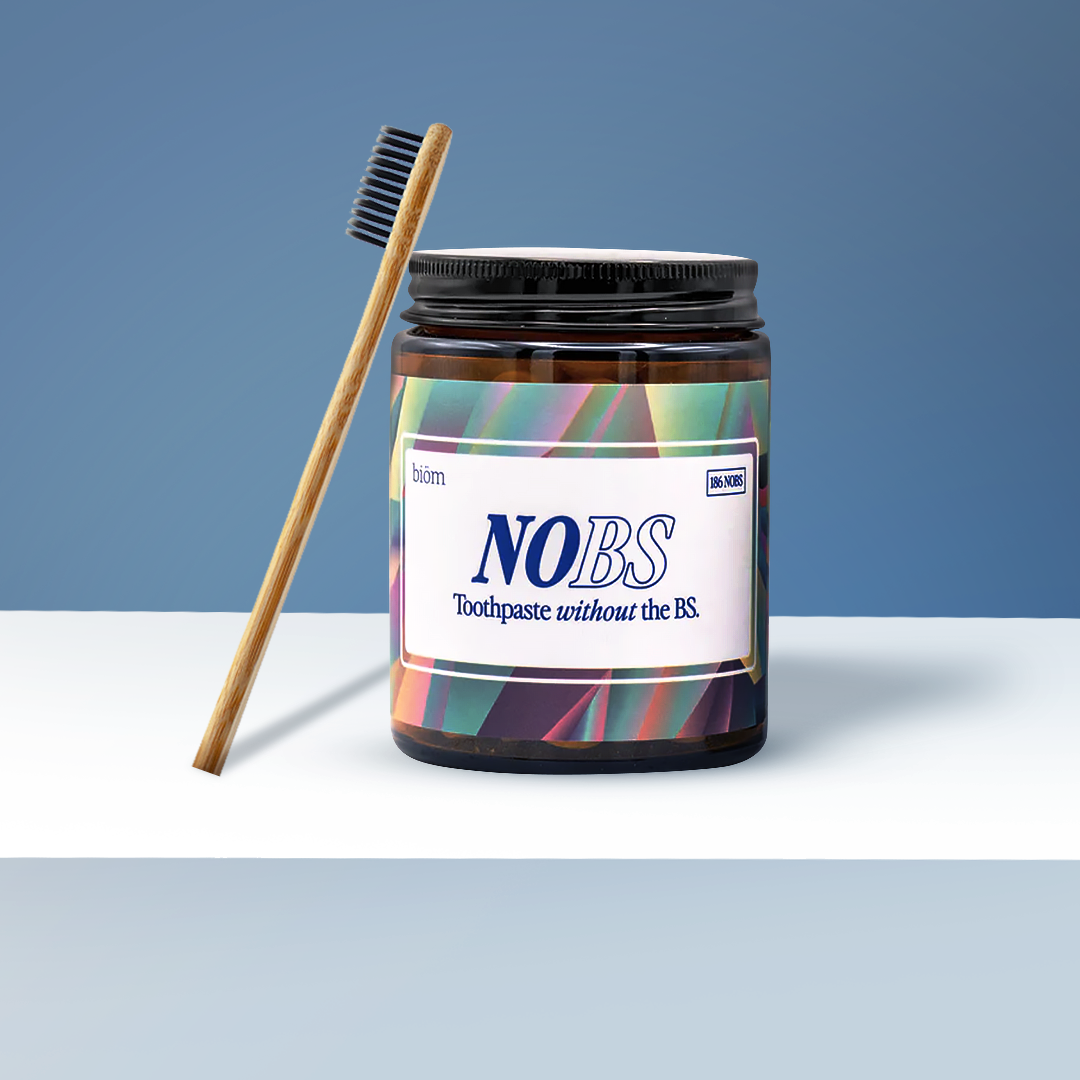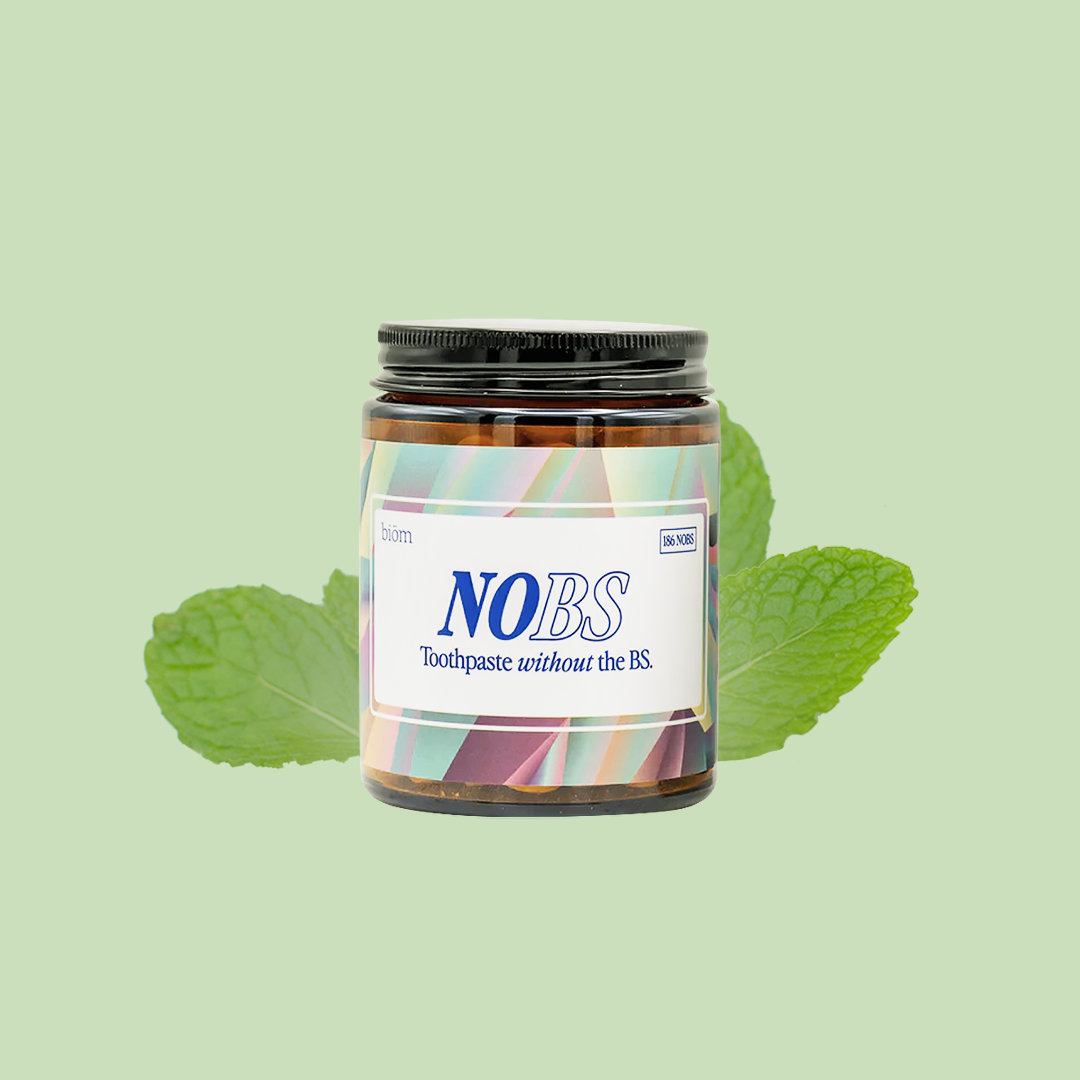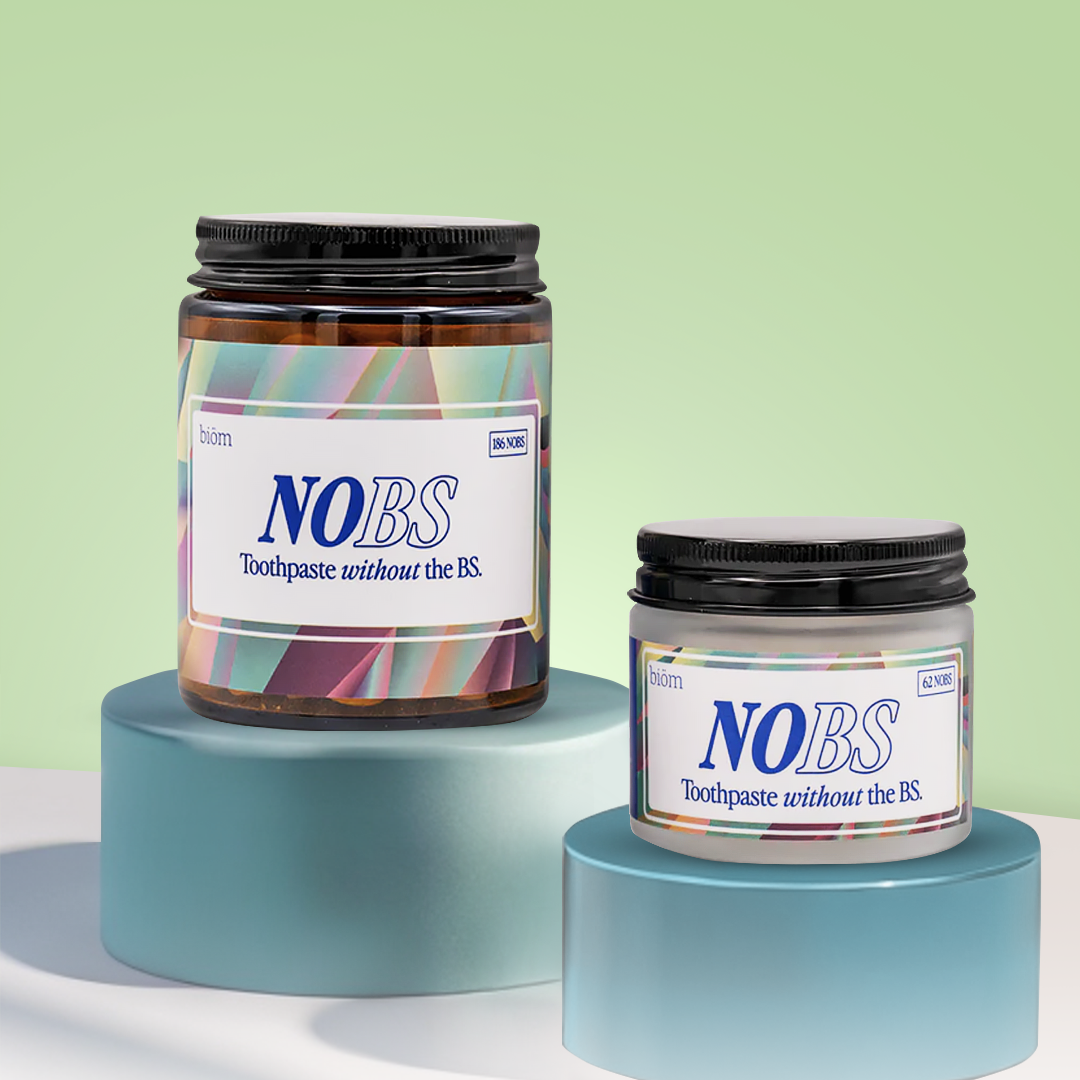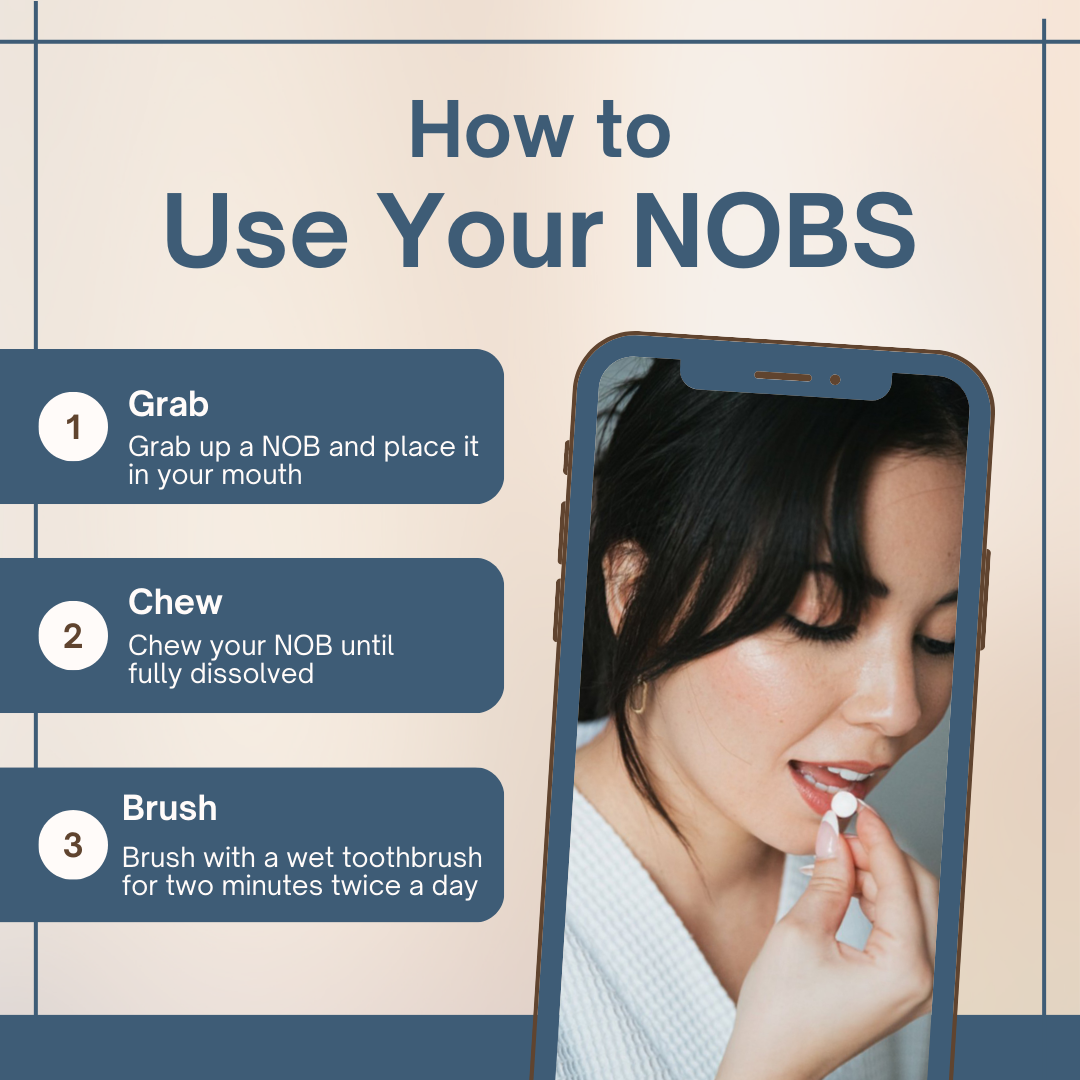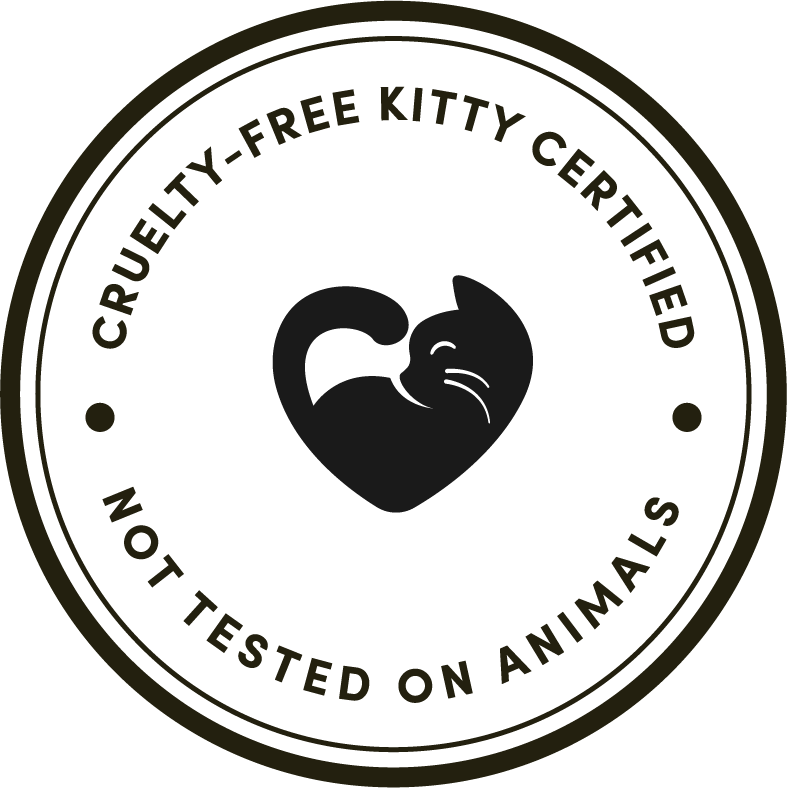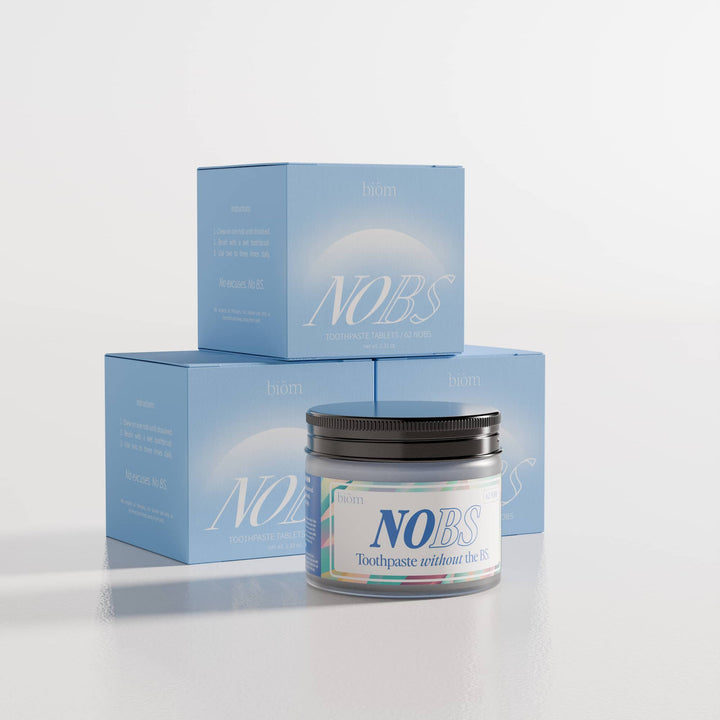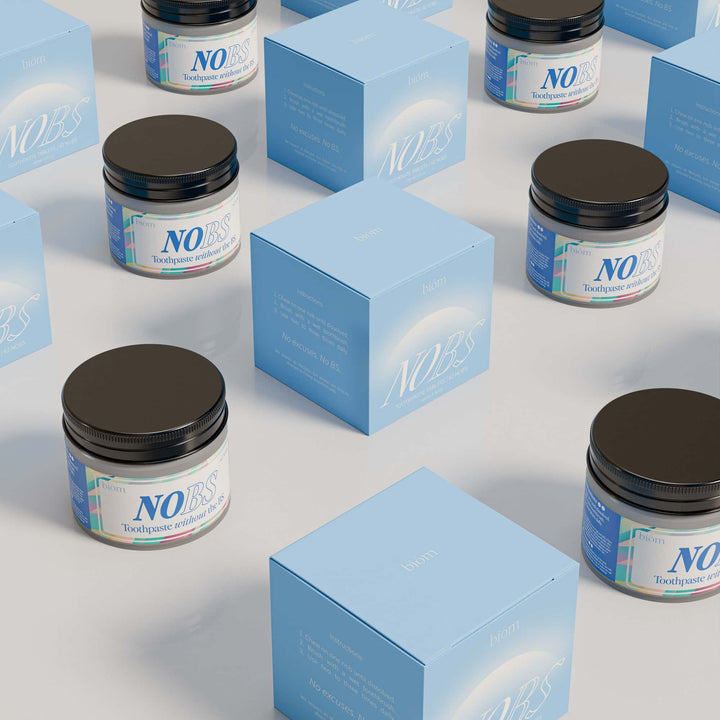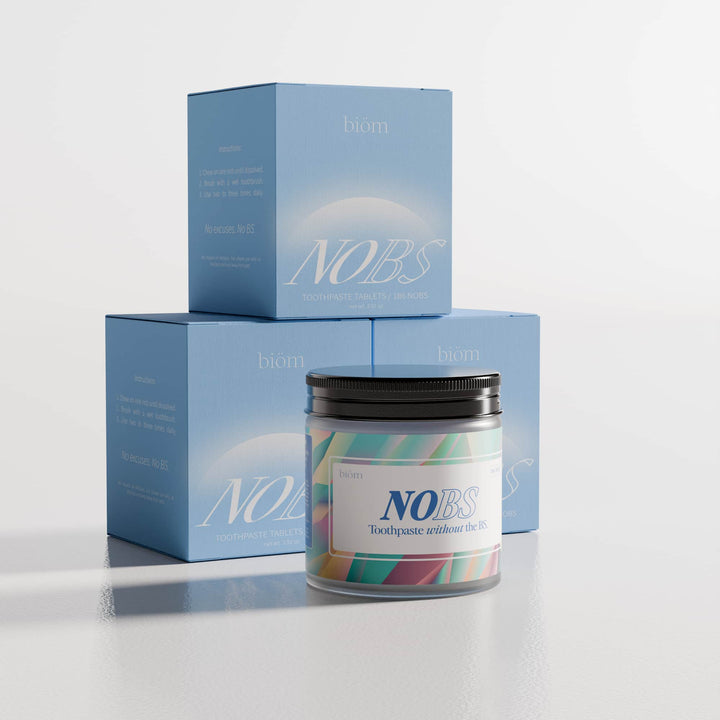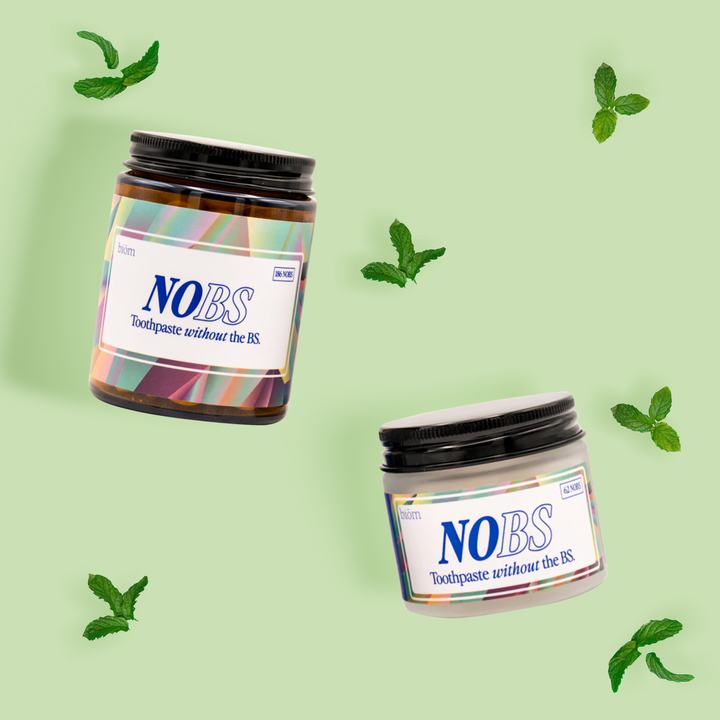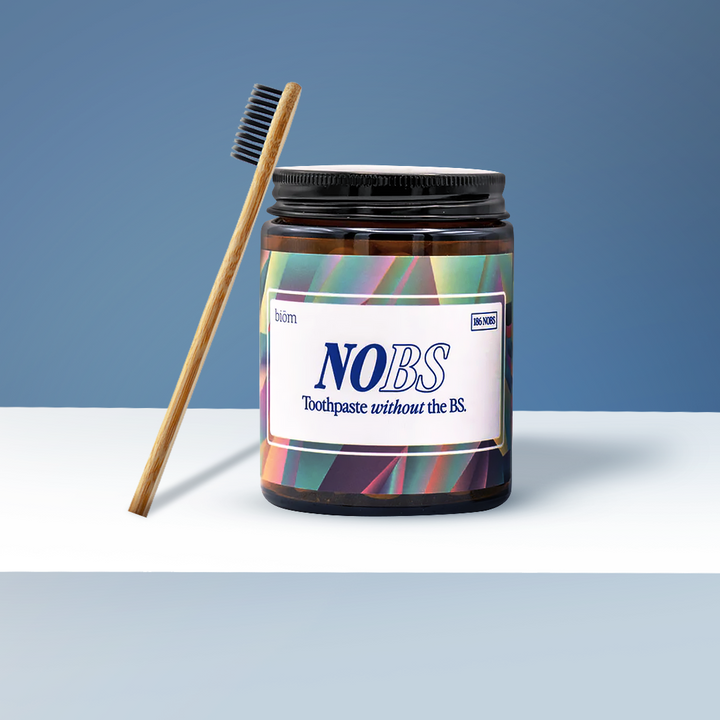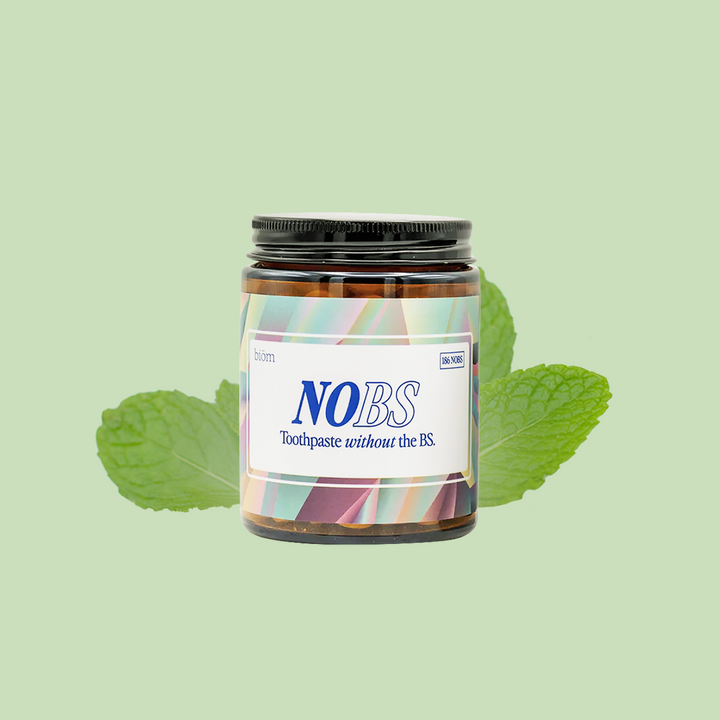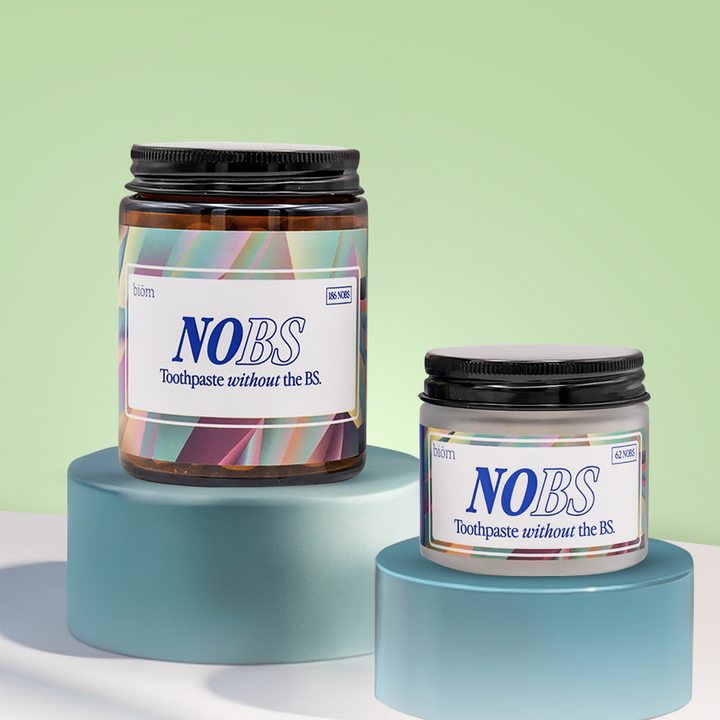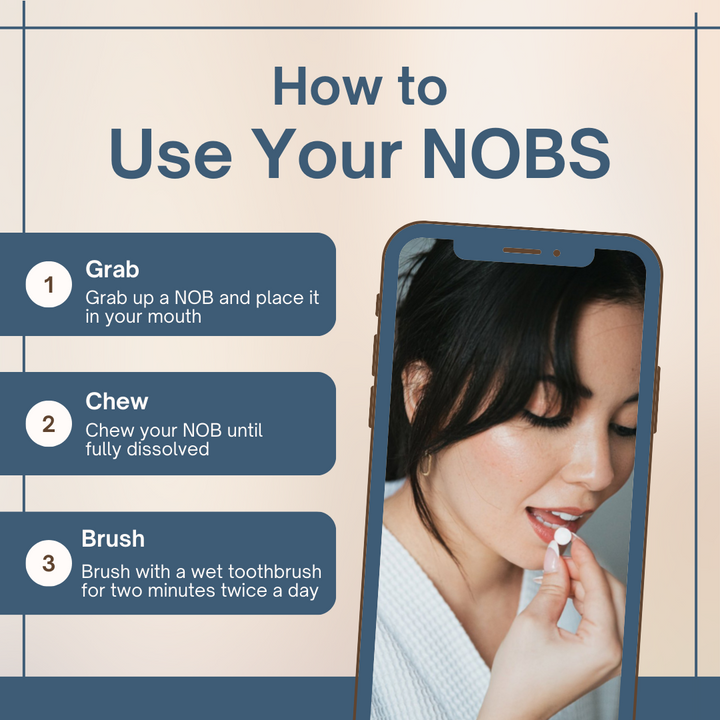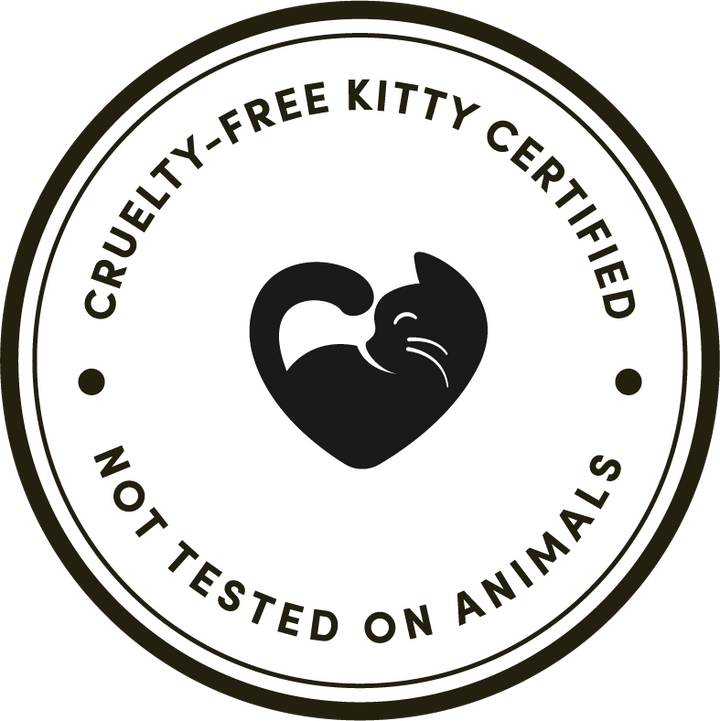How to Use Toothpaste Tablets
Toothpaste tablets, often called toothpaste tabs, are a fresh and innovative way to improve your oral care routine. They're small and convenient to bring anytime and anywhere.
Since toothpaste tablets are such a new concept, a lot of people need to familiarize themselves with what is a toothpaste tablet, how you use toothpaste tablets, and if it is worth switching from tube toothpaste.
This article will explain everything you need to know about toothpaste tablets and its components.
What Is a Toothpaste Tablet?
From the name itself, a toothpaste tablet is self-explanatory-- it is a waterless toothpaste pressed into a compact tablet.
These toothpaste tabs are designed to be a more eco-friendly and convenient alternative to toothpaste in tubes.
Every year, around 20 billion toothpaste tubes are produced, and most of these tubes end up in major landfills.
Toothpaste tablets are usually sold in glass jars or recyclable bottles.
They are easy to carry for people who are always on the go and mess-free– no chance of paste spilling from tubes or sachets.
So, how do you use these toothpaste pills?
How to Use Toothpaste Tablets
Using toothpaste tablets is a simple process:
-
Pop one tablet in your mouth - one tablet is all that you need. Each tablet is perfectly sized and dosed, just enough amount that you need in one brush

-
Chew it - chew the tablet until it dissolves in your mouth and forms a paste by mixing it with your saliva.

-
Grab your toothbrush - ensure it is wet by running it in water for a second or dipping it in a glass of water

-
Brush your teeth as you regularly do - no unnecessary routines and mess-free!

Rinsing is optional—you can leave it on overnight! As long as the toothpaste isn’t too abrasive and is fluoride-free, your teeth are safe and sound. It's truly quick and easy!
Is it safe to use toothpaste tablets everyday?
Yes, it is safe to use toothpaste tablets every day.
Toothpaste tablets are effective in maintaining oral hygiene without causing harm to teeth or gums when used regularly.
Nano hydroxyapatite toothpaste tablets, in particular, are gentle and suitable for daily use. This ingredient helps to remineralize enamel, preventing cavities and sensitivity. Its non-abrasive nature ensures it can be used consistently without damaging tooth surfaces.
Moreover, nano hydroxyapatite is biocompatible, making it safe for long-term use.
Therefore, incorporating these toothpaste tablets into your daily routine can effectively promote oral health.
What are toothpaste tablets made of?
Most recent toothpaste tablets focus on more natural ingredients than mass-produced tube toothpaste.
First, they do not contain water like liquid toothpaste, meaning they do not need chemical preservatives or parabens that prevent the growth of microorganisms.
Some toothpaste tablets use more biocompatible alternatives to fluoride, such as nano-hydroxyapatite, also called nHA.
What is nano-hydroxyapatite?
Nano-hydroxyapatite is a synthetic version of the main component of enamel that helps with the remineralization of teeth called hydroxyapatite.
With nano-hydroxyapatite, the teeth restore from within as it becomes a mineral reinforcement by itself while reducing caries incidence.
Debates on whether nano-hydroxyapatite is better than fluoride have been going on for years, but each ingredient has its own pros and cons.
Nano hydroxyapatite toothpaste tablets also contain organic ingredients such as organic coconut oil, British peppermint oil, and licorice root, making them safe for kids and pregnant women.
According to studies conducted around the world including Sangi Co. LTD’s, since hydroxyapatite is an organic material that already exists within our bodies, it is a safer alternative to fluoride that causes dental fluorosis and can be toxic if ingested in large amounts.

What Are the Benefits of Toothpaste Tablets?
Here are the list of benefits of using toothpaste tablets:
- Eco-friendly packaging - usually packed in reusable and refillable jars or tin containers, the toothpaste tabs packaging help lessen the plastic users consume.
- Easy to carry and travel-friendly - whether packing for a vacation, urgent work, or even for a regular day outside, toothpaste tablets are incredibly convenient to carry around. They're small, compact, and you do not have to worry about possible spills. Additionally, different airlines have limits on how much liquid you can bring with your hand-carry baggage. By switching the liquid toothpaste to tablets, you can carry more items, such as lotions, perfume, and facial cleansers.
- Natural ingredients - with no harsh abrasives, artificial sweeteners, and no chemical preservatives, toothpaste tablets aren't just friendly for the environment but also for every single user. It's safe for kids, pregnant women, and other people with sensitivity to fluoride.
- Longer shelf life - since these toothpaste tabs are waterless, they can be stored longer without needing chemical preservatives such as paraben to prevent microorganism growth.
NOBS Toothpaste Tablets
With nano-hydroxyapatite as the main ingredient of NOBS toothpaste tablets, you never have to worry about the safety of tablet toothpaste for you and your family.
It helps prevent cavities, strengthen teeth by working as a mineral reinforcement, and reduce teeth sensitivity by providing a protective coating of the dentin and dentinal tubes.

In conclusion, using toothpaste tablets works as easy as counting 1, 2, and 3: pop, chew, and brush!
They are easy and convenient to use, and you can bring and use them anywhere.
Their eco-friendly and easy-to-carry packaging, safe and natural ingredients, and long shelf life make them a great alternative to your regular toothpaste in tubes, especially if you are on the go.
Your oral health care is essential - check out NOBS Toothpaste Tablets for an effective, mess-free, safe, and environmentally friendly alternative to your regular fluoride toothpaste!
Frequently Asked Questions
What are toothpaste tablets?
Toothpaste tablets are a waterless, dehydrated version of traditional toothpaste compressed into properly portioned tablets. They are a small, convenient, and environmentally friendly alternative to regular toothpaste as they don't require plastic packaging.
How often should I use toothpaste tablets?
You can use toothpaste tablets twice daily, as recommended for regular brushing—once in the morning and once before bedtime. Regular brushing with toothpaste tablets helps control odor and plaque-causing bacteria in your mouth and contributes to overall dental health.
How do you use toothpaste tablets?
To use toothpaste tablets, chew one tablet until it forms a paste in your mouth. Brush your teeth with a wet toothbrush for 2 minutes, then spit. For best results, avoid rinsing after brushing.
Can kids use toothpaste tablets?
Yes, kids can start using toothpaste tablets once they have learned how to chew, spit, and swallow properly. It's a good practice to supervise them initially to ensure they're comfortable with the tablet and can manage the spitting process effectively.
What are toothpaste tablets made of?
NOBS Toothpaste Tablets are made of remineralizing agents like nano hydroxyapatite, polishing ingredients like sodium bicarbonate, plaque-control ingredients like zinc citrate, ingredients to nourish your oral microbiome like xylitol, and more. They also include ingredients to freshen your breath like peppermint and menthol.
Do you brush your teeth with toothpaste tablets?
Yes, you brush your teeth with toothpaste tablets by chewing them until they foam. The foam acts as the toothpaste that helps clean your teeth. After chewing, use a toothbrush to brush as usual.
Are toothpaste tablets recommended by dentists?
Yes, many dentists recommend toothpaste tablets as an effective alternative to traditional toothpaste. They are convenient, eco-friendly, and can provide the same benefits as regular toothpaste. However, it's important to choose tablets that contain remineralizing ingredients like nano hydroxyapatite.
Can you swallow chewable toothpaste tablets?
NOBS Toothpaste Tablets are actually safe to be swallowed! Just be aware that you may experience a bit of gas due to the xylitol. While the tablets are designed to clean your teeth, swallowing them occasionally won’t harm you, but it’s always best to spit them out after brushing.
How to use tablets for brushing teeth?
To use toothpaste tablets, simply chew one tablet until it starts to foam. Then, use a toothbrush to brush your teeth thoroughly for at least two minutes, just as you would with regular toothpaste. Rinse your mouth after brushing.


